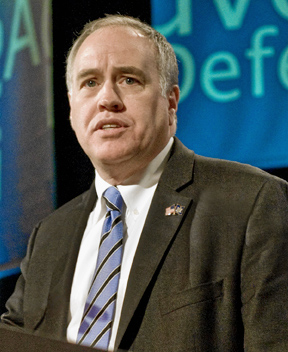The New York Common Retirement Fund has committed $200 million to a fund that invests in real estate in New York City, Los Angeles and other urban areas.
More from IPE Real Estate:
The fund has backed CIM Group’s Fund VIII, which is targeting established US urban areas.
The fund invests in New York City, San Francisco and Los Angeles, focusing on equity, preferred equity and mezzanine transactions between $10m and $250m.
Direct investments, mortgage debt, workouts, public/private partnerships and operating real estate businesses are being targeted.
CIM Group, which was given a $225m commitment for its Fund III by New York Common in 2007, is targeting $2bn for Fund VIII.
New York Common said it made the investment on the back of high returns with prior funds with the manager.
The investor has pegged the current investment at $311m.
CIM has previously distributed $40.1m back to the pension fund.
[…]
CIM is co-investing 5% of total commitments to the fund, with a cap of $20m.
The manager will make around 30 to 40 deals.
Limited partners in the fund are projected to achieve a gross 20% IRR, with a 2x equity multiple.
Leverage will not exceed 75%.
The New York Common Retirement Fund manages about $177 billion in assets.
Photo by Tim (Timothy) Pearce via Flickr CC License



